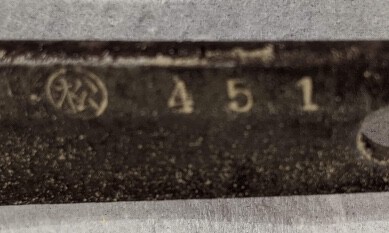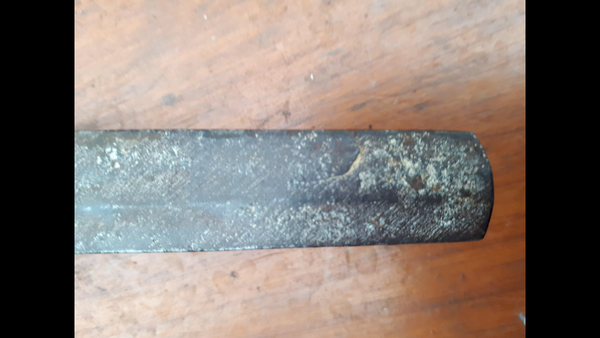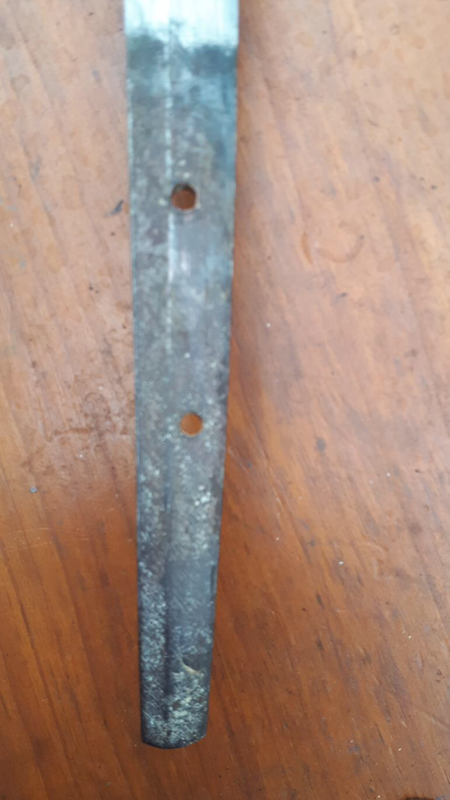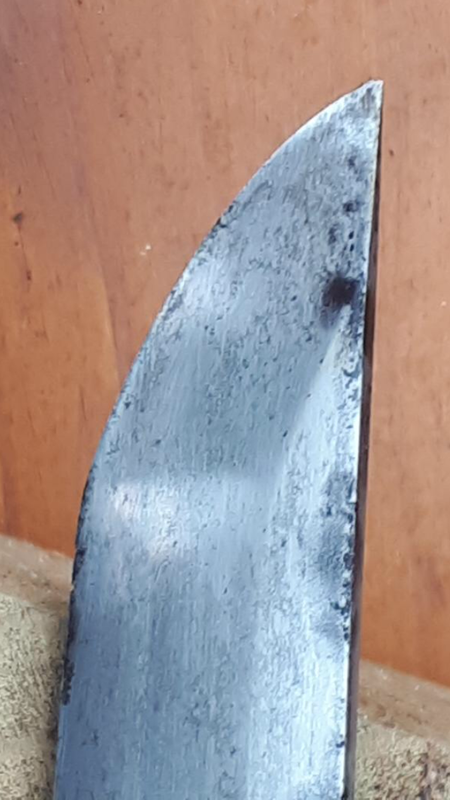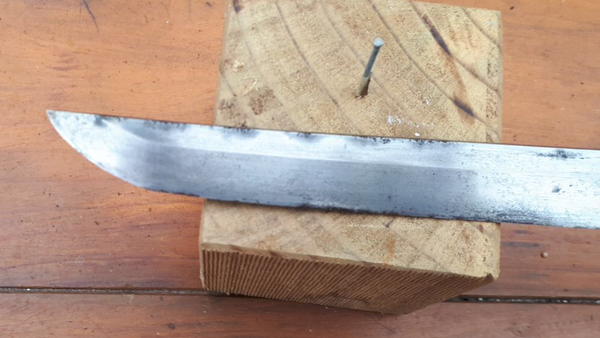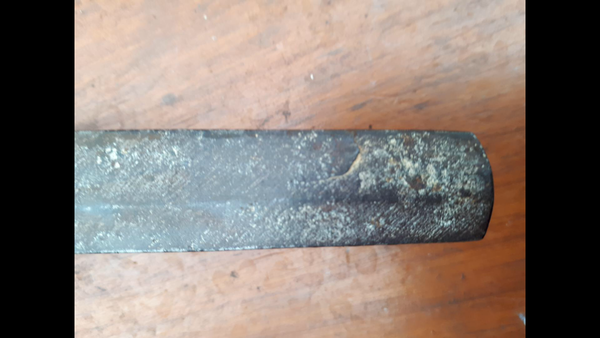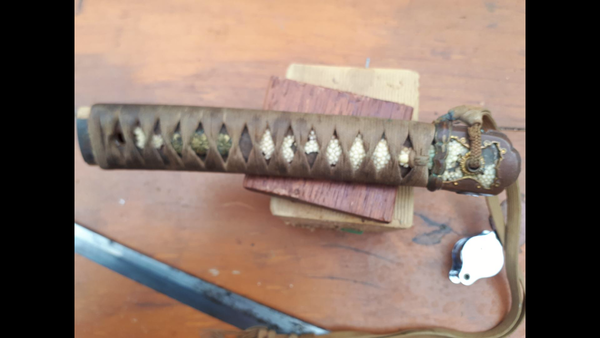
davidequis
Members-
Posts
36 -
Joined
-
Last visited
Profile Information
-
Location:
Australia
Profile Fields
-
Name
David
Recent Profile Visitors
The recent visitors block is disabled and is not being shown to other users.
davidequis's Achievements
-
Hi Bruce, have only just caught up with this - amazing detective work. if you look at the chart your created of the blade with the matsu stamp, the last 3 have a different stamp. Do those characters match other grades of tamahagani? I am more convinced that the matsu is a grade/quality stamp not a random army stamp
-
The cover page looks good. The pic of the mystery matsu stamp used by the Munetoshi brothers is an interesting choice. I have been exploring bladesmithing recently. In traditional Japanese blade production, matsu (pine) charcoal was as important as tamahagagane. Matsu charcoal could be cut by apprentices to the perfect size, and would burn with a perfect heat to produce perfect (nihonto) blades - other charcoals were inferior. i believe the matsu stamp is a mark of quality or authenticity, rather than an arsenal stamp.
-
davidequis started following Nihonto?? In military mounts , Matsu stamp and Survey on distribution of Mon
-
The Yamagami brother’s matsu stamp mystery. I have come across several references to traditional Japanese sword smithing where materials are mentioned. There is the obvious tamahagane, but they also mention pine charcoal as essential in nihonto production. This pine charcoal is called matsu-zumi Articles state that in ww2 the army supplied tamahagane to rjt smiths while the province was required to supply matsu-zumi. Articles also state that tamahagane was in short supply and strictly controlled. One would expect that matsu-zumi would also be scarce. Perhaps, in the mix of materials and methods used in war production, identifying pine charcoal as a material was important. Perhaps, like the military star-stamp, the matsu stamp is the A seal of traditional materials/methods.
-
How does an 80 year old blade retain such condition? Or has it been re-polished?
-
An old blade mounted for ww2. Returned from PNG. Probably acquired in Rabaul. Some suggestions from another thread in here that it could be, “kazu uchi mono” close inspection of nakago, shows file marks end between mekugi-ana. The bottom section shows much older patina. The “new”section, from end of file marks to ha shows a hammered surface and younger patina. The “balance” of the blade seems too thin at the machi. The suggestion that it has been shortened seems to be supported.
-
Yes, in the process. Have a letter from my grandpa to my nana, in which he mentions a bit of his time in Rabaul in September, 45. “70,000 Japs (pows) just down the road”.
-
Many thanks for the information and feedback.
-
-
Thanks Dave, I posted fewer pics in Nihonto because I assume that the Koshira are ww2 and not what the Nihonto guys want to see. thanks for your input too Bruce.
-
This is a family heirloom and not for sale. Just seeking information to add to its story - heirlooms without stories are just objects.
-
One mekugi-ana used with wooden peg, in the tsuka
-
I posted this in military swords. It was suggested that this forum might be able to provide more information. It was brought back from PNG. My Grandpa fought on Kokoda, sanananda, gona, buna, & Boganville, then to Rabaul and repatriation of pows through to 47. Provenance is solid but place of acquisition is obscure. My uncle (my grandpa’s son) doesn’t remember but thinks they were handed out to officers in Rabaul (my pa by that stage was battlefield promoted to lieutenant colonel) my childhood recollection of my grandma’s story is that it was presented to him on surrender somewhere. The Rabaul version is probs more likely. Expert feedback would be greatly appreciated. many thanks in advance total length 93.5cm
-
-

